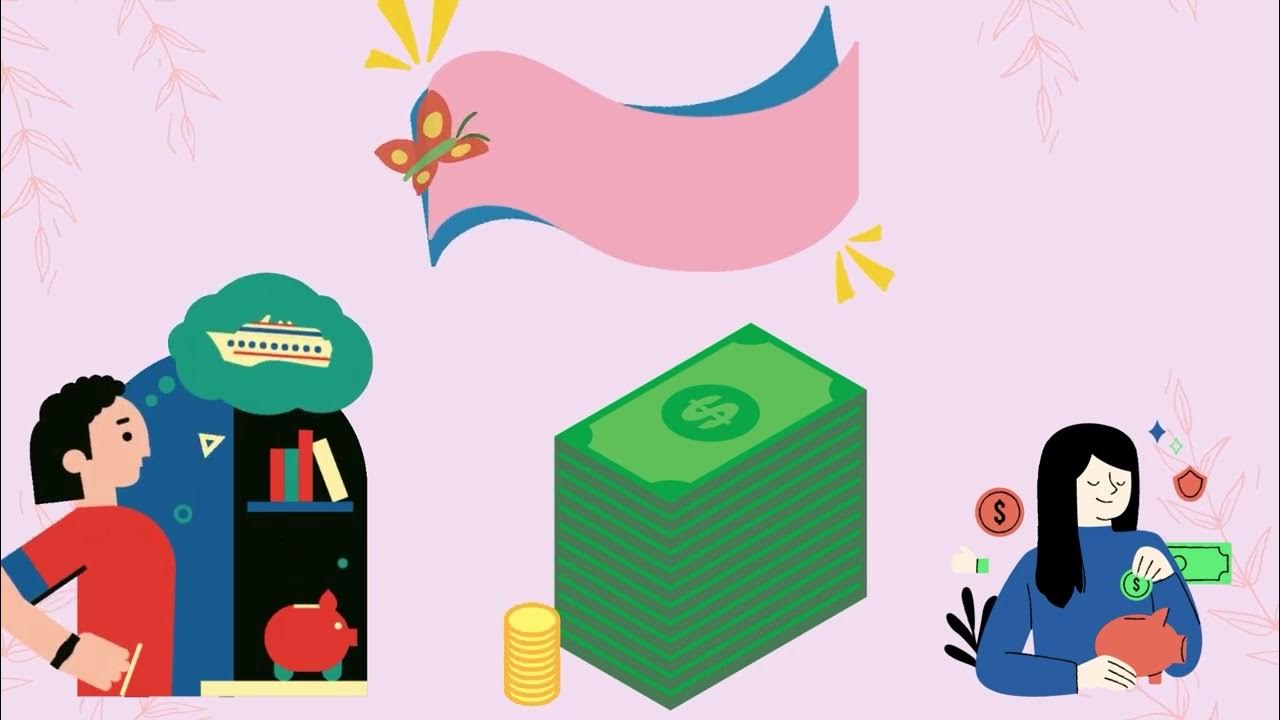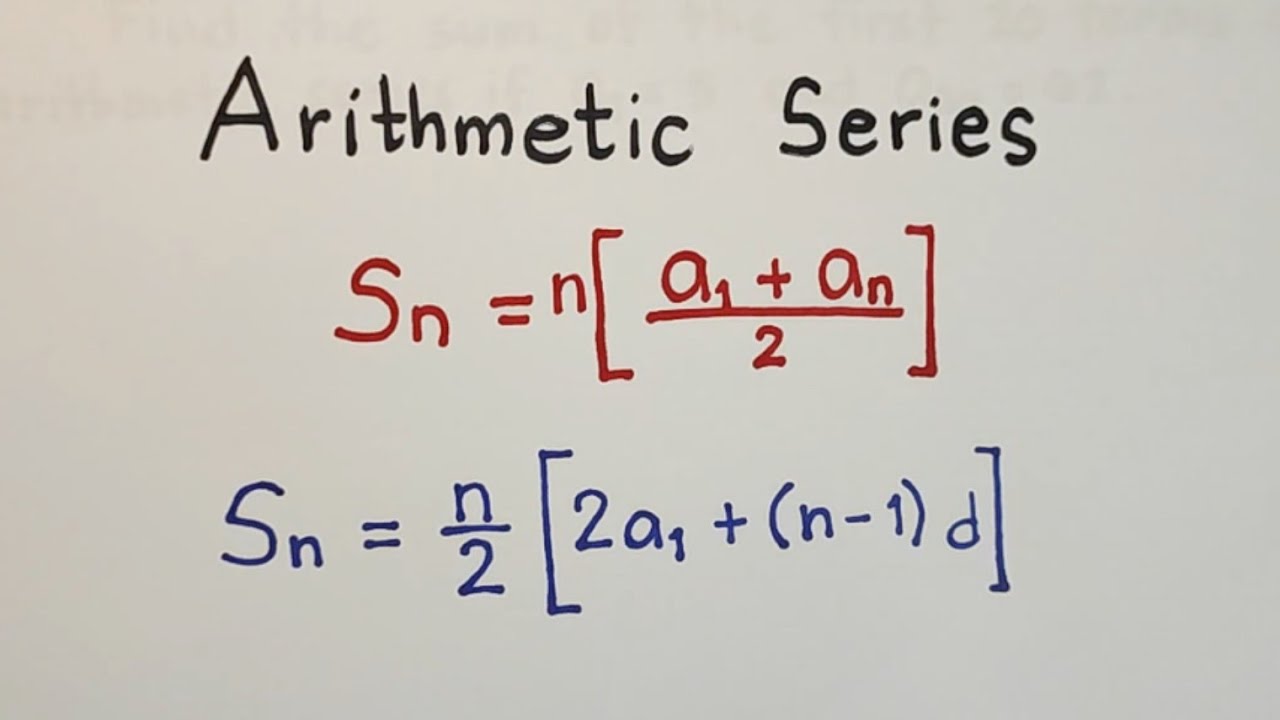Barisan ARITMETIKA
Summary
TLDRIn this video, viewers are introduced to the concept of arithmetic sequences using the growth of herbal plants as an example. The narrator explains how the number of leaves on a rare herbal plant increases by a constant amount each month, forming an arithmetic progression. Starting from 2 leaves in January and reaching 8 by March, the pattern continues, and the video calculates the number of leaves expected in December to be 35. The lesson concludes with the hope that the plant's benefits will help many people. Viewers are encouraged to like, share, and subscribe for more content.
Takeaways
- 🌱 The video discusses arithmetic sequences and introduces herbal plants.
- 📈 Herbal plants contain active substances beneficial for health in certain doses.
- 👨🌾 Bobby is interested in cultivating a type of herbal plant with healing properties.
- 🍃 The plant's leaves are said to cure various diseases, making it rare and valuable.
- 📅 In January, the plant had only two leaves.
- 📅 By February, the plant had grown to have five leaves.
- 📅 In March, the plant had grown even more, reaching eight leaves.
- 📐 The growth of the leaves forms an arithmetic sequence with a difference of three.
- 📆 Bobby plans to harvest the plant in December, calculating the 12th term in the sequence.
- 🌿 By December, the plant will have 35 leaves, assuming constant growth.
Q & A
What topic is covered in this media segment?
-The segment covers arithmetic sequences, using the growth of leaves on a herbal plant as an example.
What initial information do we have about the herbal plant?
-The plant is a rare herbal variety with leaves that have medicinal properties, and it started with two leaves in January.
How does the segment relate the growth of leaves to arithmetic sequences?
-The segment observes that the leaves grow in a consistent pattern, adding a constant number of leaves each month, forming an arithmetic sequence.
What was the growth pattern of the plant in February and March?
-In February, the plant grew to five leaves, and in March, it increased to eight leaves, showing a consistent increase of three leaves each month.
How is the arithmetic sequence formula applied to predict leaf growth?
-Using the first term as 2 (January’s leaf count) and the difference (3 leaves per month), the formula calculates the number of leaves in December.
What is the arithmetic sequence formula mentioned in the script?
-The arithmetic sequence formula is typically given by a_n = a_1 + (n-1)d, where a_n is the nth term, a_1 is the first term, and d is the common difference.
What are the values used for a_1 and d in this example?
-The first term a_1 is 2 (January’s leaf count), and the common difference d is 3 leaves per month.
How many leaves does the formula predict for December?
-Using the formula, it predicts 35 leaves by December.
Why does Bobby plan to harvest the leaves in December?
-December likely represents a significant accumulation of leaves, making it a good time to harvest.
What is the purpose of sharing this example of arithmetic sequences?
-The example demonstrates how arithmetic sequences can be applied to real-world situations, such as predicting growth patterns in plants.
Outlines

Cette section est réservée aux utilisateurs payants. Améliorez votre compte pour accéder à cette section.
Améliorer maintenantMindmap

Cette section est réservée aux utilisateurs payants. Améliorez votre compte pour accéder à cette section.
Améliorer maintenantKeywords

Cette section est réservée aux utilisateurs payants. Améliorez votre compte pour accéder à cette section.
Améliorer maintenantHighlights

Cette section est réservée aux utilisateurs payants. Améliorez votre compte pour accéder à cette section.
Améliorer maintenantTranscripts

Cette section est réservée aux utilisateurs payants. Améliorez votre compte pour accéder à cette section.
Améliorer maintenantVoir Plus de Vidéos Connexes

BARISAN ARITMATIKA DAN GEOMETRI (APERSEPSI)

Manfaat barisan dan deret aritmatika dalam kehidupan sehari-hari.

SOLVING PROBLEMS INVOLVING SEQUENCES (TAGALOG VERSION) | MATH 10 | MELCS Q1 – W5 | TEACHER REIMAR

HARMONIC SEQUENCE | GRADE 10 MATHEMATICS Q1

Barisan dan Deret Bagian 2 - Deret Aritmetika Matematika Wajib Kelas 11

Arithmetic Series - Sum of the Terms of Arithmetic Sequence
5.0 / 5 (0 votes)
